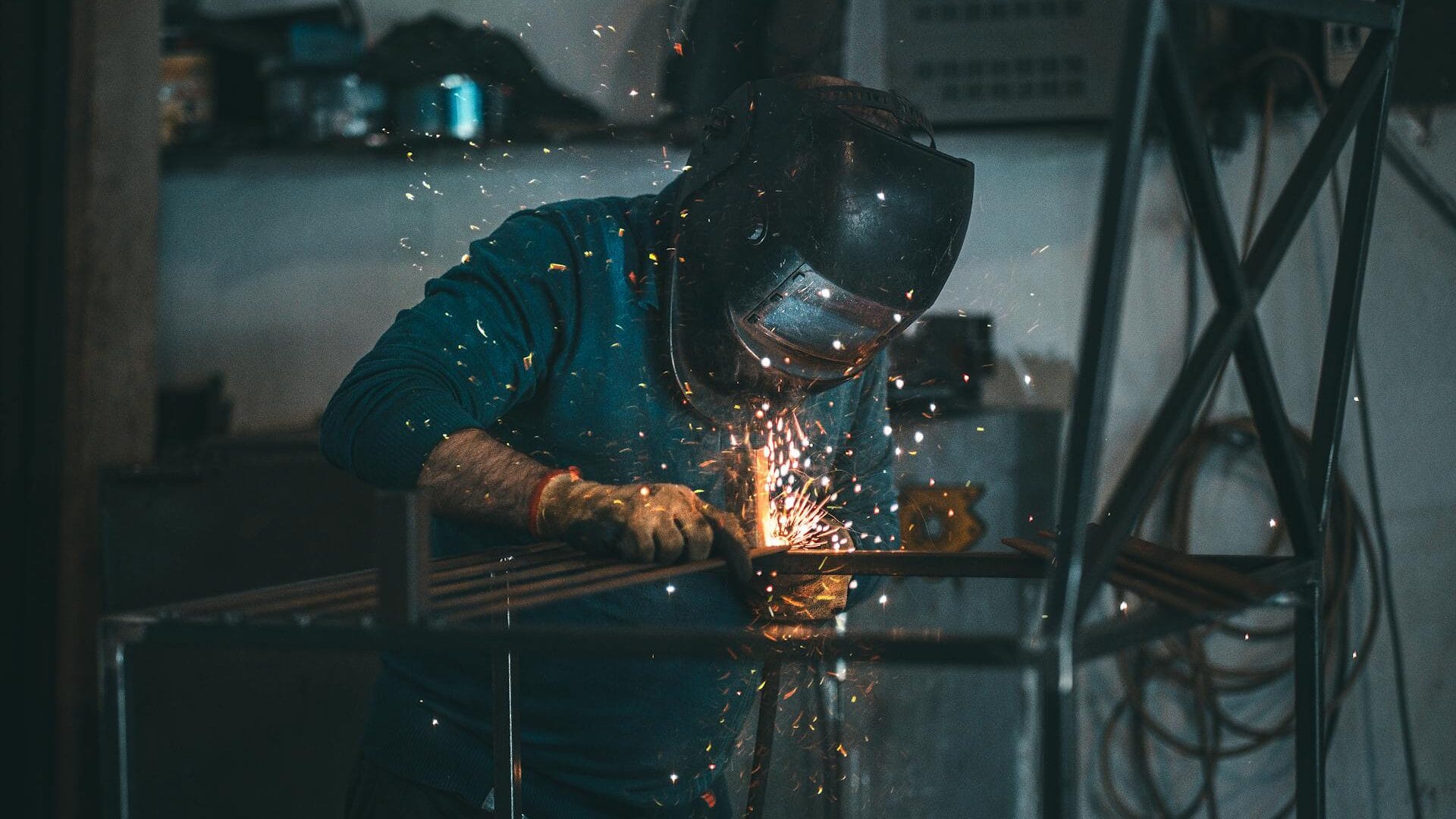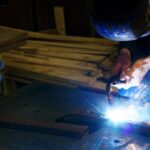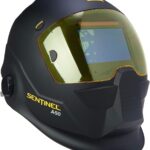
Welding has always been more than sparks and steel, it’s all about knowing your craft and having the right gear at hand. Anyone who has spent time behind a helmet understands how much the tools influence the outcome. The choice of welding supplies, often overlooked in favour of focusing purely on skill, can make the difference between a neat, strong joint and one that falls short of both quality and safety.
Be it putting in long hours in a workshop or tackling repairs out in the field, the harmony between your method and your equipment sets the tone for every weld.
Technique Shapes the Tools You Need
No two welding methods are the same, and neither are the setups that keep them running smoothly. Each approach carries its own demands, from the power source and shielding gases right down to the electrodes and consumables. Recognising how your welding technique and equipment lean on one another is the foundation of consistent, reliable results.
Take MIG welding, for example, its speed and efficiency make it a go-to in fabrication shops, but it only shines with the right support. A smooth wire feed, a compatible shielding gas, and a clean work surface are all critical. Leave out any one of those, and even a seasoned welder will be left chasing spatter-free, solid welds.
TIG, on the other hand, is a different beast. Its precision requires equally precise gear, a responsive torch, a well-calibrated foot pedal, and the right filler materials. The finesse of the operator must be mirrored by the finesse of the equipment.
Choosing Gear That Matches the Method
Every process comes with its own checklist of essentials. With MIG, reliable wire feeders and correctly tensioned rollers matter just as much as the choice of shielding gas. Argon-carbon mixes are common, though materials like aluminium or stainless steel call for tailored wire and gas combinations.
TIG brings more nuance. A good tungsten electrode, a flexible torch head, and filler rods chosen to match the base metal are non-negotiables. Even small details like the design of the gas lens or collet body can make a big difference to visibility and weld stability.
Stick welding has a reputation for being forgiving, especially outdoors or in heavy industrial environments, but that doesn’t mean supply choices are any less important. Electrode coatings influence everything from penetration to arc behaviour, and ensuring the power source matches the electrode size will smooth out performance.
The Right Supplies Improve More Than Just Quality
Matching your equipment to your process cuts downtime, reduces rework, and makes day-to-day operations flow more smoothly. Consumables that actually fit the job mean less fiddling with settings and fewer interruptions once the arc is struck.
Quality parts also extend the life of your gear. Torches, tips, and wire liners from trusted brands tend to wear better and perform more reliably under pressure. For businesses, that translates into fewer breakdowns and lower long-term costs, a crucial factor when welding is at the core of your work.
Many of the leading manufacturers understand this, which is why they build entire systems designed around specific methods. From the machines themselves through to consumables, PPE, and cutting gear, they provide welders with not just tools, but complete solutions backed by solid support networks.
Final Thoughts
Welding is a system where the operator, the technique, and the gear all lean on each other. When those elements align, you set yourself up for consistent, safe, and efficient results. Whether it is running a flawless TIG bead across stainless steel or stitching long MIG seams into structural frames, your tools need to back up your technique every step of the way.
Before you start welding, take stock. Is your setup working with you, or against you? If not, it may be time to reassess what you are working with.








